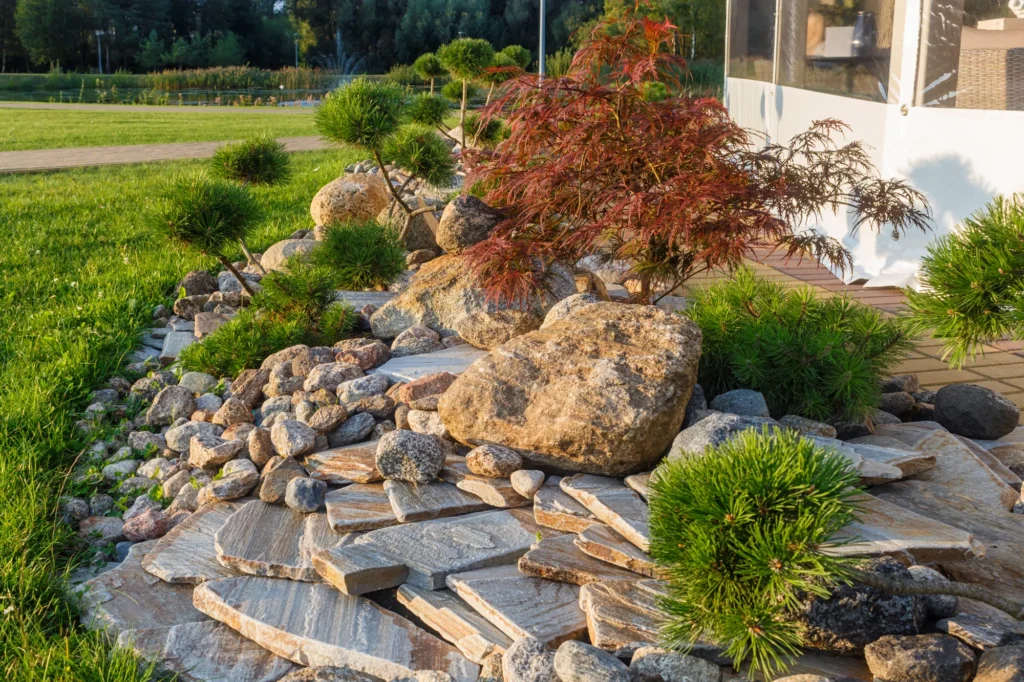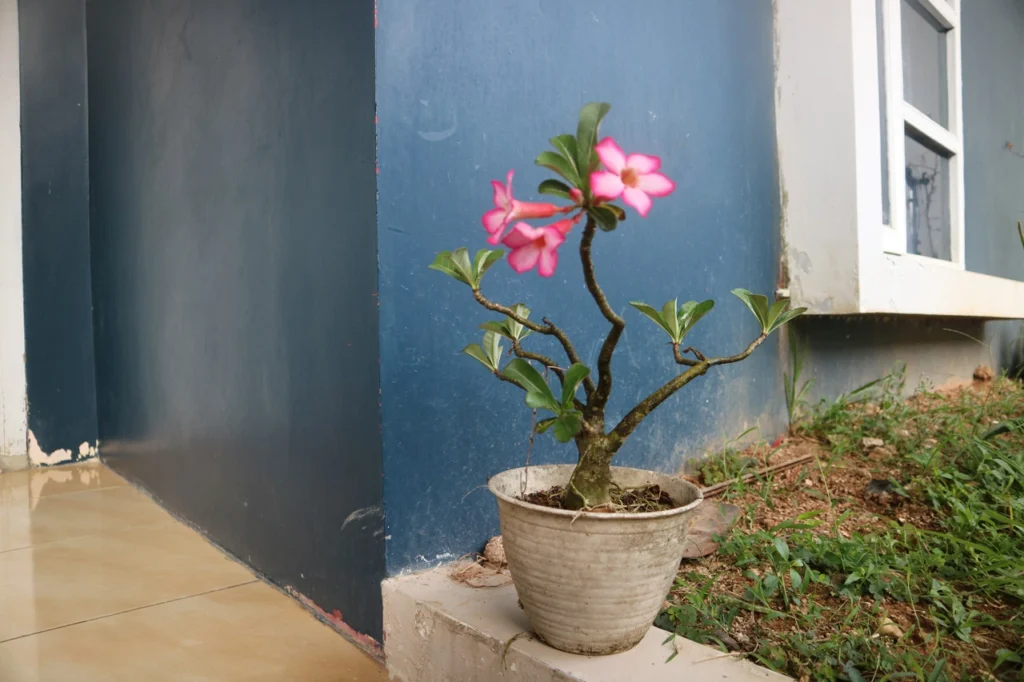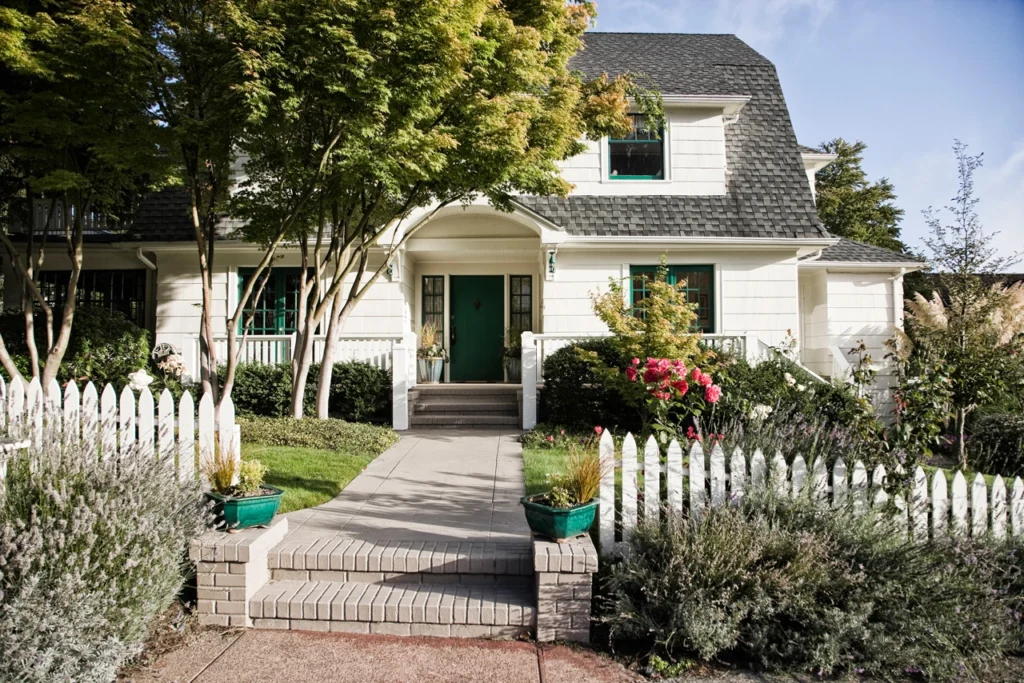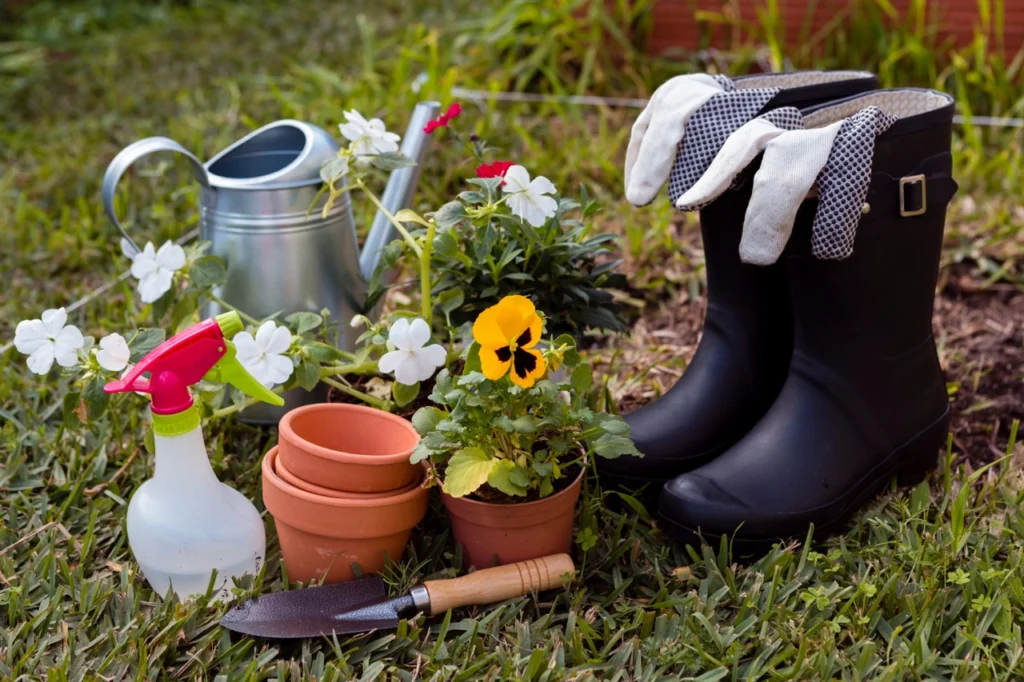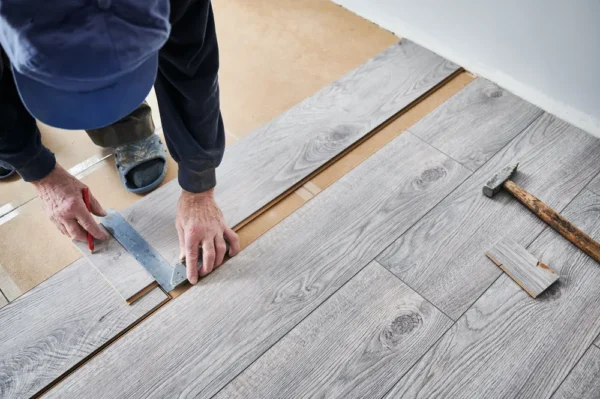Introduction
An aesthetically pleasing and low-maintenance small rock garden has the potential to revolutionize an outdoor area into a serene sanctuary. As we enter 2024, let us examine the ten most prominent concepts that enhance visual attractiveness and necessitate only the bare minimum of maintenance, guaranteeing that your garden retains its beauty effortlessly.
Designing Your Low Maintenance Small Rock Garden: A 2024 Update
1. Bold Landscaping with Natural Stones
Including natural stones in the rock garden design not only imparts an element of rustic allure but also guarantees durability. An aesthetically pleasing contrast is achieved by strategically positioning bold stones, transforming the garden into an enthralling outdoor oasis.
2. Drought-Resistant Plants for Effortless Beauty
In a world where water conservation is paramount, populate your rock garden with drought-resistant vegetation. In addition to flourishing in arid environments, plants such as sedum and lavender contribute vivid hues, guaranteeing a vibrant yet undemanding garden.
3. Efficient Use of Succulents
The unsung champions of low-maintenance gardens are succulents. These water-conserving plants are available in an assortment of sizes and shapes, enabling the creation of intricate designs and patterns in a rock garden. Comparable to living sculptures, they demand little maintenance.
4. Artful Arrangement of Gravel Pathways
In addition to providing texture, constructing pathways with bold gravel eliminates the need for frequent weeding. Incorporating the sound of gravel beneath foot into your garden transforms it into a tranquil retreat in your backyard.
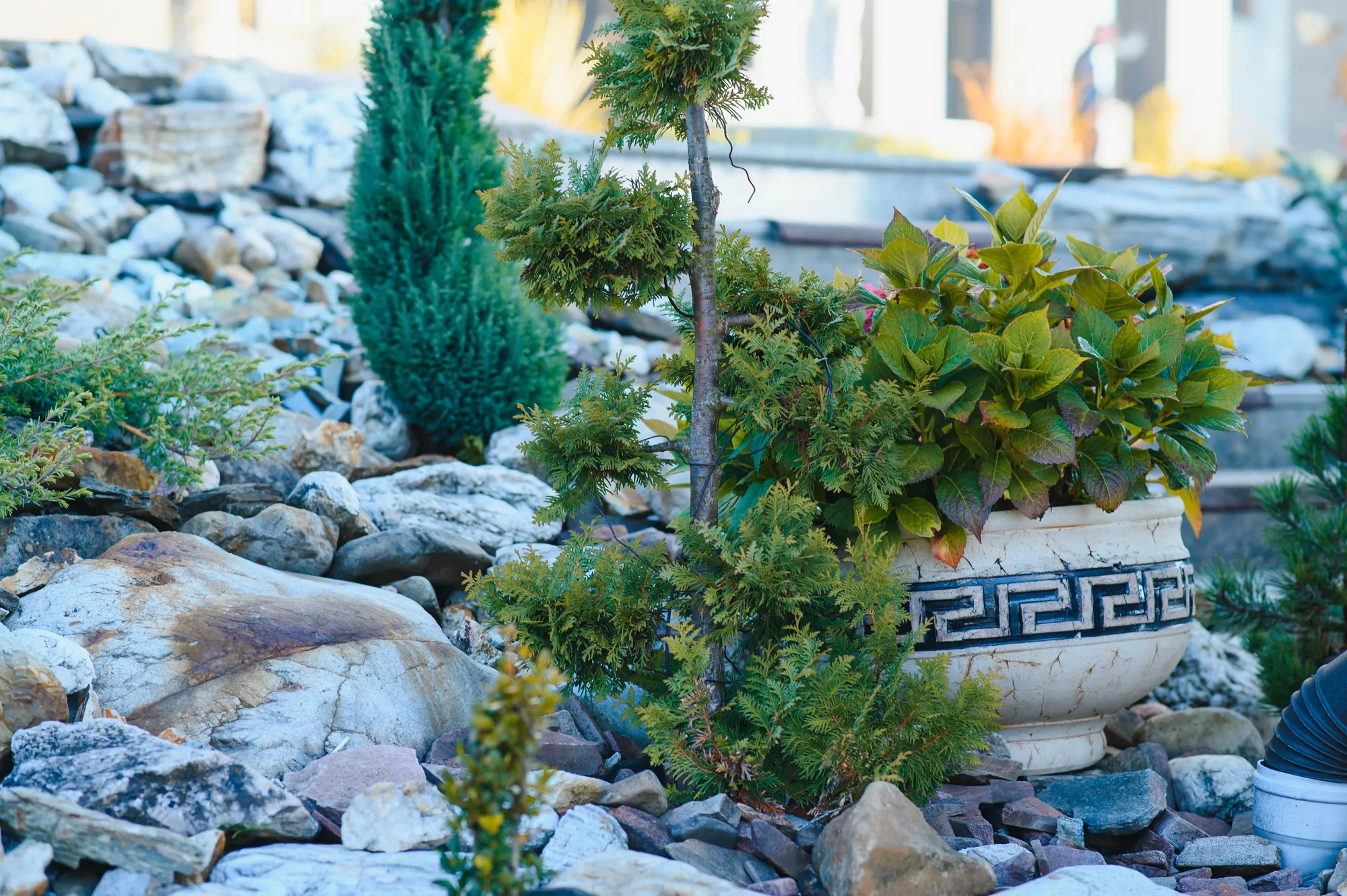
5. Moss Gardens for a Touch of Serenity
Incorporate a sense of tranquility into your rockery by maintaining a moss garden. Moss not only produces a velvety green carpet but also flourishes in shady regions, rendering it an ideal choice for less-sunny sections of your garden.
6. Strategic Use of Landscaping Fabric
To fully embrace the low-maintenance aesthetic, contemplate the integration of landscaping fabric beneath your rock formations. By weeding out these unsophisticated plants, you can allocate more time to appreciating your garden and less time to laborious maintenance.
7. Diverse Rock Sizes for Visual Interest
Regarding rock gardens, diversity is indeed the essence of existence. In addition to generating aesthetic appeal, rocks of varying diameters provide niches in which plants can flourish. The present variety reflects the organic topography, presenting a symbiotic combination of basalt and vegetation.
8. Weathered Wood Accents for a Rustic Touch
Incorporate elements of weathered wood into the design of your rock garden to impart a sense of rustic allure. These elements, which range from decorative borders to small fencing, impart personality and coziness without requiring constant maintenance.
9. Rock Garden Lighting for Nighttime Magic
Lengthen the period of time spent appreciating your rock garden by implementing strategic outdoor illumination. Create an enchanted ambiance by illuminating prominent elements such as boulders, pathways, and plants. Solar-powered lighting is an energy-efficient and practical alternative.
10. Sustainable Water Features
Utilize a compact, eco-friendly water feature to augment the serenity of your rock garden. A bubbling boulder or a miniature pond not only contributes to the ecosystem by providing a calming element, but also by attracting local fauna.
Creating Your Low Maintenance Oasis | Step by Step
After examining these remarkable concepts, it is now appropriate to implement them. The following instructions will assist you in constructing a low-maintenance compact rock garden:
Step 1. Evaluate your Space.
Initial step: evaluate the available space. Solar exposure, soil quality, and existing structures or vegetation should be noted. The assessment will inform your design decisions.
Step 2. Define your design concept.
Establish an overarching motif for the boulder garden. Whether creating a woodland retreat or a desert sanctuary, your selection of rocks, plants, and embellishments will be guided by a well-defined design concept.
Step 3. Carefully Select Your Rocks
Choose a variety of colored, shaped, and dimensions of pebbles. Choose stones sourced locally for an organic appearance that blends in harmoniously with the surrounding environment.
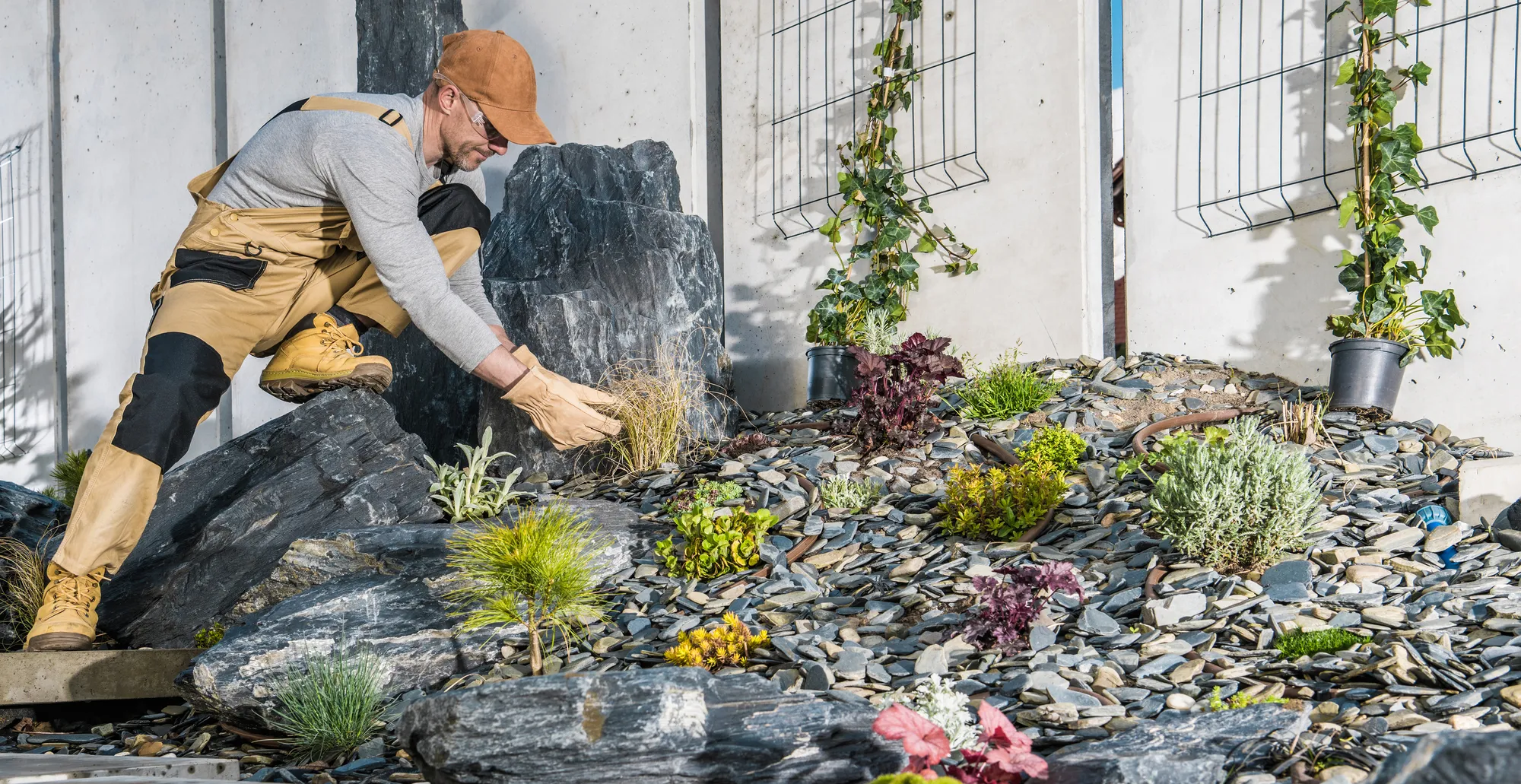
Step 4. Establish Plant Positions
When selecting plants for the rock garden, it is important to position them strategically by their growth patterns. To facilitate upkeep, group plants with comparable water and sunlight requirements.
Step 5. Install landscaping fabric.
Install landscaping fabric before placing down pebbles to inhibit plant growth. Implementing this procedure will substantially diminish the duration devoted to culling in subsequent instances.
Step 6: Borders and Paths Arrange
Carefully arrange gravel pathways or wooden borders if incorporating them. In addition to providing functionality, these components enhance the visual appeal of your rock garden.
Step 7. Integrate water features and lighting.
If you choose to include water features and outdoor illumination in your design. Ensure proper installation to increase efficacy and longevity.
Step 8: Consistent Maintenance Schedule
Although the emphasis is on minimal maintenance, routine upkeep is vital. Maintaining the appearance of your rock garden requires trimming, removing residue, and inspecting the overall health of the plants.
Investing in Your Outdoor Sanctuary
As you embark on the journey of creating your low-maintenance small rock garden, remember that it’s an investment in your outdoor sanctuary. The carefully chosen rocks, thoughtfully arranged plants, and strategic elements like pathways and lighting will not only add value to your property but also provide a serene escape right outside your door.
Conclusion
Explore the beauty of a rock garden that requires minimal effort but offers maximum enjoyment. Embrace the tranquility, the textures, and the timeless appeal of a well-designed space that beckons you to unwind and connect with nature. Transform your outdoor area into a low-maintenance oasis where every moment spent is a moment of pure relaxation.
FAQs
Q1: Why is a tiny gravel garden considered low-maintenance?
A low-maintenance small rock garden is a landscape design that integrates drought-resistant plants, pebbles, and gravel to produce an aesthetically pleasing outdoor area that necessitates only modest maintenance.
Q2: Why should one select a low-maintenance boulder garden?
An additional benefit of low-maintenance rock gardens is that they provide an aesthetically pleasing outdoor area devoid of the perpetual obligation to water, weed, and perform other labor-intensive duties. Aesthetic appeal is achieved with minimal exertion.
Q3: Which varieties of boulders are appropriate for a compact rock garden?
Multiple varieties of pebbles, including river rocks, boulders, sediment, and natural stones, may be utilized. Locally sourced materials complementing your design concept and having a natural appearance are crucial.
Q4: Can a low-maintenance gravel landscape be established in a confined area?
Undoubtedly! Charming rock landscapes can be constructed in even the smallest of areas. Thorough planning, effective utilization of components, and strategic positioning of boulders, vegetation, and pathways are critical factors.
Q5: How do I select plants to incorporate into a low-maintenance rock garden?
Select drought-resistant vegetation such as succulents, sedums, and lavender. Considering the amount of sunlight that enters your garden, select plants that require comparable amounts of water and sunlight to facilitate upkeep.

